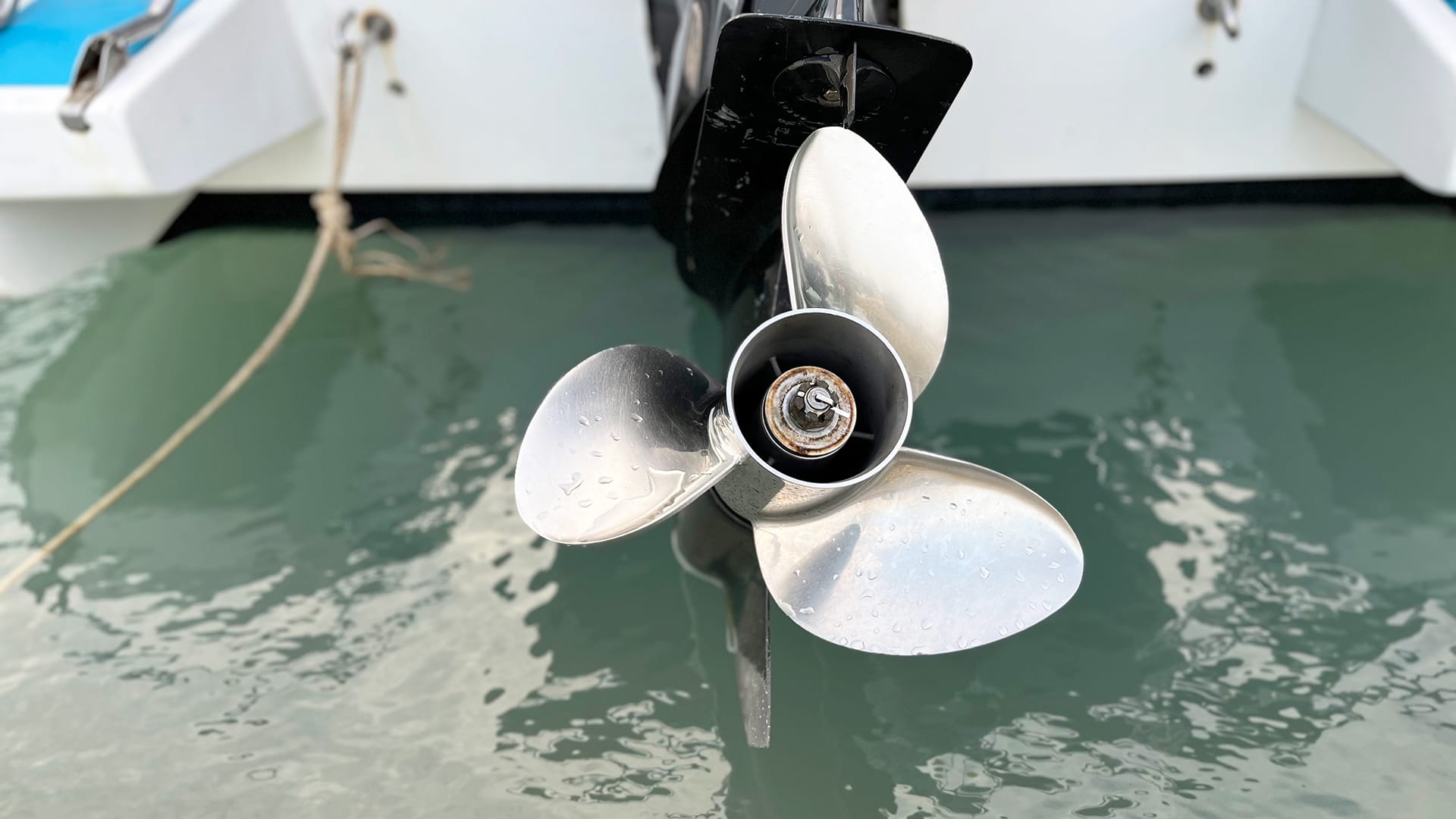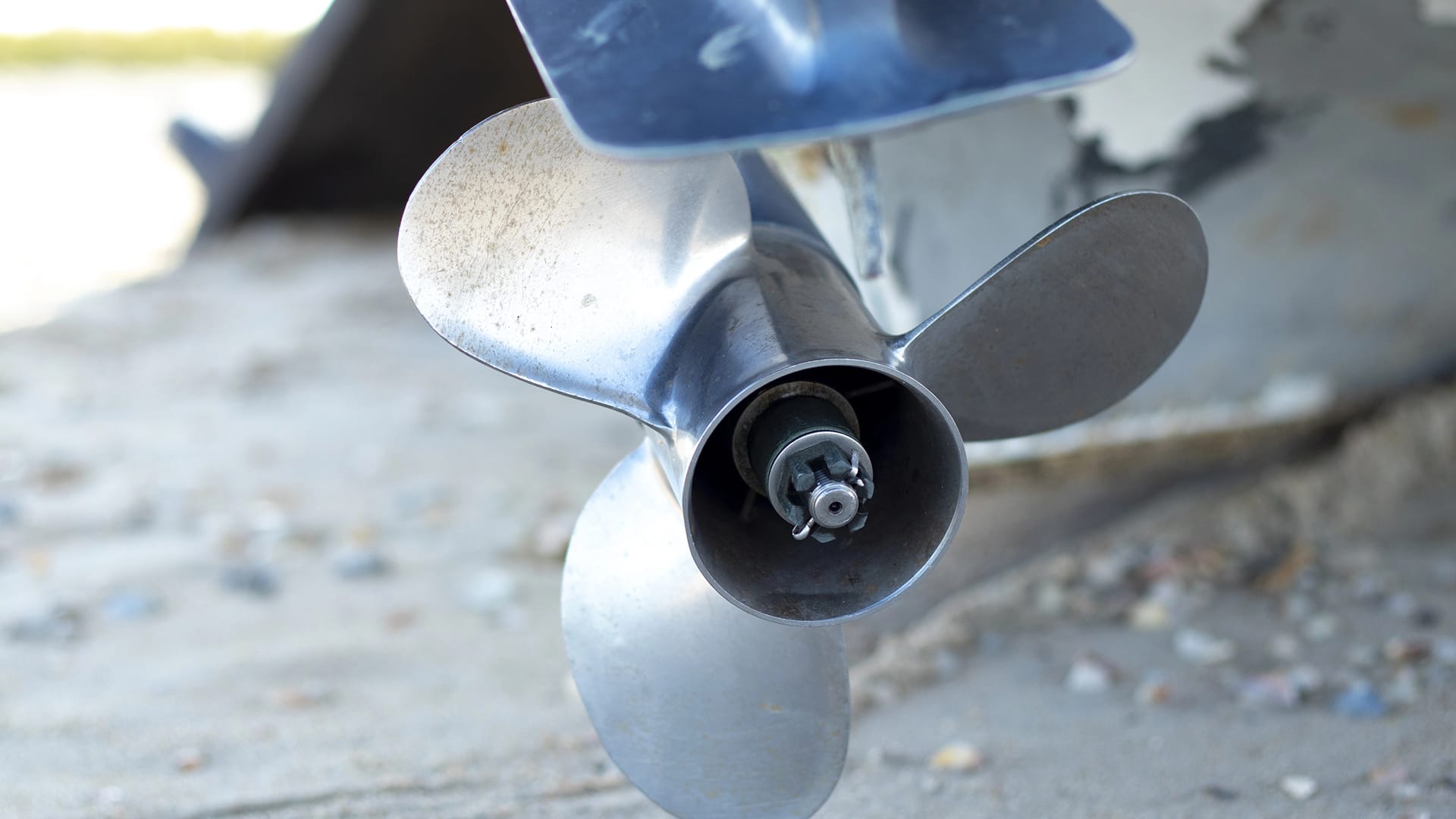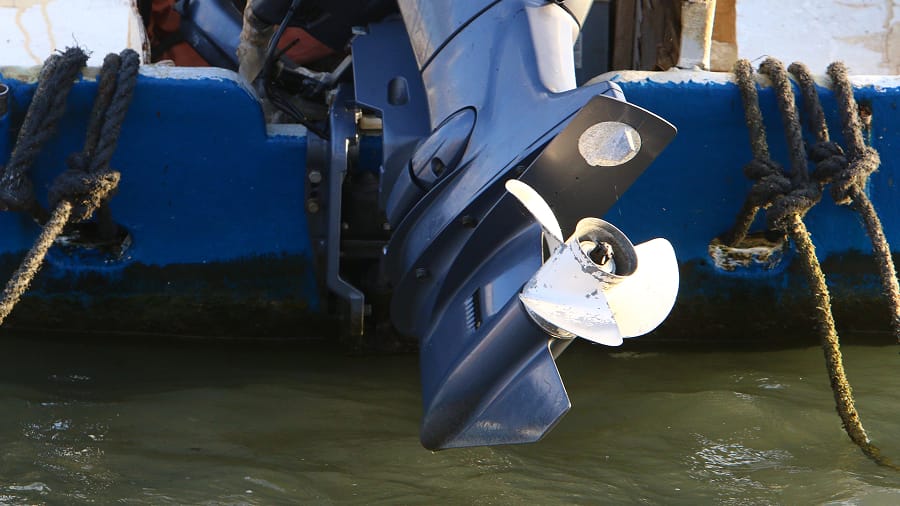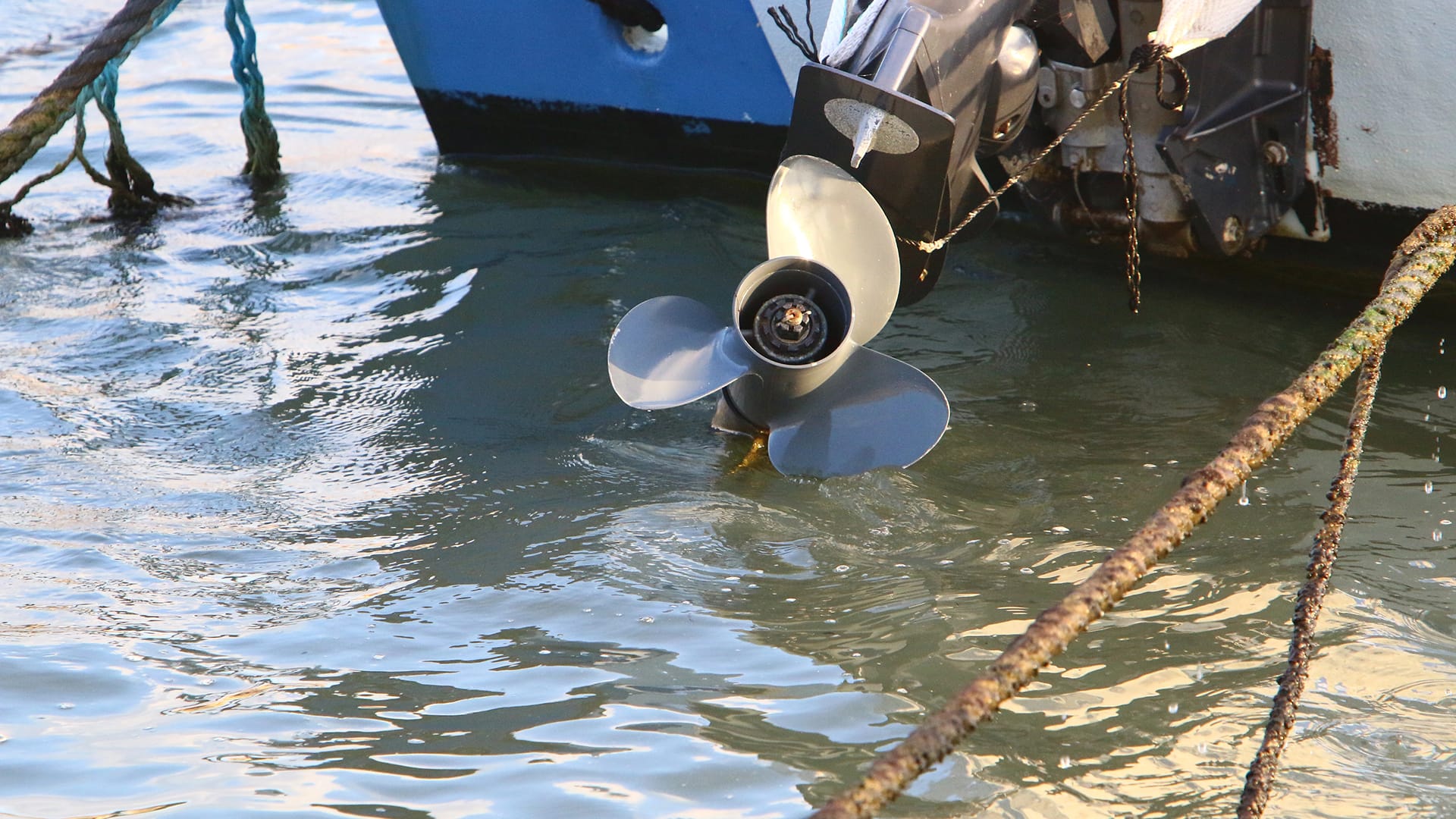If you’ve ever been around boats, pumps, or mixers, you’ve probably heard people talk about impellers and propellers. They sound similar, and both spin to move something, but they are not the same. The difference between impeller and propeller is bigger than most people think. Once you break it down, it’s actually pretty simple. So let’s know what the difference is between these two.

Start With the Basics
An impeller is generally found inside a mixer or a pump. Its job is to move a fluid, a liquid, or even a mixture of liquids and solids. A propeller, on the other hand, is more common on boats or in air movement systems. It pushes air or water to move the craft or create thrust. Both spin around an axis, but the way they move the flow is totally different.
Look at the Flow Direction
One main difference between an impeller and a propeller is the direction of the flow. Many mixing impellers create a radial or circular flow pattern inside a vessel, while most propellers push flow in a straight line along the axis. In marine terms, that’s called axial flow.
Some axial flow impellers also move liquid in a similar straight path. This is another reason why people get confused. However, the design and purpose differ from each other. Let’s know more about these two.

Mixing vs. Moving
A propeller is made to move a boat or create movement in the air. The blades of the props are shaped to generate forward motion.
An impeller, on the other side, is designed to blend, stir, or move material within a vessel. You might have seen impellers in industrial mixer systems, where the goal is to keep solids suspended in a liquid or to create uniform flow patterns.
Different Designs for Different Jobs
When you look at impeller design, you’ll notice many various designs,
- Open blades
- Closed vanes
- Curved shapes
The design depends on the job. Impeller types range from those that work best in low viscosity fluids to ones that can handle sticky mixtures.
Propellers, on the flip side, tend to have blades shaped like twisted wings. Their material can be composite, metal, or even wood in some cases. Each is built to work in its own connection of fluid and pressure.

Inside a Vessel vs. Out in the Open
Another big difference between an impeller and a propeller is location. An impeller usually works inside a housing, submerged in liquid, generally hidden from view.
A propeller is usually out in the open, visible on a boat or inside a fan housing. This changes how they interact with flow.
An impeller generally relies on a casing to guide and control the flow patterns. A propeller, on the other hand, pushes directly into open air or water without that confinement.
Pressure & Movement
Impellers are generally used to create pressure inside pumps or to keep solids suspended in a mixture. They can move liquid against gravity or through piping. Propellers create thrust. They push a boat or aircraft forward.
In short, impellers are more about pumping and mixing, while propellers are about propulsion.
How Axial Flow Fits In
The term axial is important to understand here. Axial flow means that the fluid moves parallel to the axis of rotation. Axial flow impellers do this inside mixers. They are creating a gentle movement ideal for low viscosity liquids. A propeller on a boat also creates axial flow, but at a higher thrust level to move the craft. So while they share the flow style, their material, their scale, and the blade design are very different.
Mixing Impellers & Their Jobs
Mixing impellers are engineered to create flow patterns inside a vessel. This helps generate a uniform mixture. The blades can be curved, flat, pitched, or, depending on the material and fluid.
Some are made to blend solids into a liquid, while others are for blending two different liquids together. The variety in impeller types is huge because mixing needs can change so much from one job to another.
Propellers & Their Purpose
A propeller or prop is built to move something through air or water. In a boat, the propellers push against water to make the watercraft move forward or backward.
In a fan, it pushes air to create ventilation. The design of propellers maximizes thrust and speed, not mixing. The pitch, length, and twist of the blade all work together to generate movement in the fluid around them.
Material Choices Matter
Both impellers and propellers can be made from different types of materials. For marine propellers, metals like stainless steel or bronze are generally common. For impellers, coated surfaces, plastics, and metals are used depending on the fluid and the job. Choosing the right material is super important because durability and performance are dependent on the material.

Where the Confusion Comes From
Part of the confusion about the difference between an impeller and a propeller comes from the fact that some axial flow impellers look very much like propellers. The shape can be similar, and both move fluid along an axis. But if it’s inside a pump or mixer and works to move or mix material in a vessel, it’s an impeller. If it’s pushing a boat or creating airflow, it’s a propeller.
Industrial vs. Marine Uses
In industrial plants, impellers are used in agitators, pumps, and mixers to keep liquid and solids moving. In the marine world, propellers are used for moving boats or other watercraft. The function drives the impeller design or propeller blade shape.
The connection to the engine or drive motor also differs, as impellers are usually inside sealed systems while propellers are open and exposed.
The Role of Flow Patterns
In mixing, the flow patterns created by the impeller are essential for getting a uniform mixture. In propulsion, the flow from the propeller is about speed and direction. Both use various designs to achieve their goals, but their priorities are different from each other. One focuses on blending, the other on thrust.
Security in Systems
In pumps and industrial equipment, the housing around an impeller guides the flow but also adds security by containing moving parts.
Propellers, being more exposed and open, need guards or protective features in some applications to maintain security around the spinning blades.
Why the Difference Matters
Knowing the difference helps you understand and pick the right part for the job. Using a propeller in a mixing setup won’t work well, and an impeller won’t move a boat. It’s that simple. The shapes, the material, the flow capabilities, and the connection methods are all built for specific roles.

Final Thoughts on Impellers vs. Propellers
The difference between an impeller and a propeller comes down to one thing: their purpose. One is for pumping, mixing, and creating flow patterns inside a vessel. The other is for propulsion, moving a boat or pushing air. They are totally different from each other.
Both may share some axial flow traits or even similar shapes, but their uses, designs, and connection points set them apart. Once you know what each does, the confusion ends. You can look at any spinning blade in the air or fluid and know if it’s there to mix or to move.
Hope that all the confusion is clear now, and next time you see the prop or impeller, you will know exactly what they are and what they do.
Save with Prop Depot Repair & Spare Prop Discounts
Prop Depot sells and repairs boat props, offering fast turnaround times and expert service. We are a Tennessee-based dealer for ACME, OJ, Mercury, Powertech, Solas, and more. Our inventory includes pod drive props, cruiser props, outboard & sterndrive props, and aluminum props from brands like Michigan Wheel, Volvo Penta, and Quicksilver.
For propeller repairs, the Prop Depot team uses the highest quality pitch blocks to restore props to OEM specs, verified by pitch and rake indicators. All work is 100% TIG welded, never brazed, with finishes matched to OEM colors unless requested otherwise.
We also hand-finish brass and Nibral props, shape, grind, and balance every unit, and replace worn hubs. Plus, you get discounts when repairing and buying a spare propeller together. We ship via UPS, FedEx, and USPS.
Call us today for propeller buying and repair services in Tennessee.
